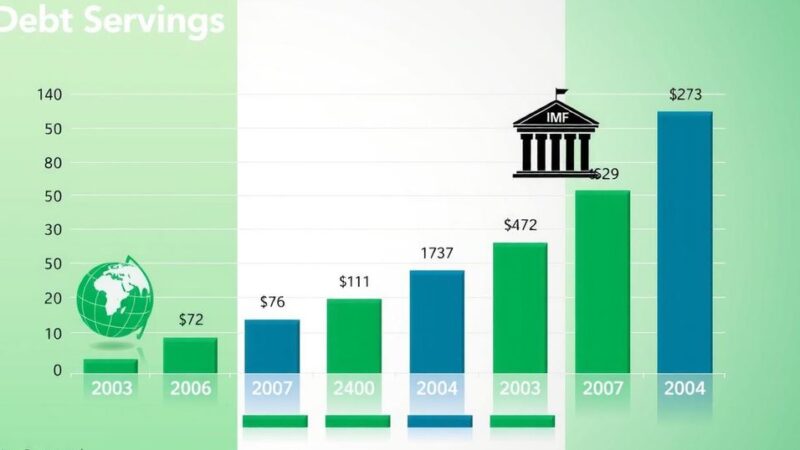Argentina’s President Javier Milei’s austerity measures have improved economic conditions, leading to soaring investments in the Vaca Muerta shale region. This has propelled Argentina to become South America’s third-largest oil producer, with significant growth expected. The future of the hydrocarbon sector appears bright, aided by extensive infrastructure developments and foreign investments aimed at maximizing extraction capacity.
Argentina’s newly elected president Javier Milei has implemented stringent austerity measures designed to combat soaring inflation and revitalize the economy. While it remains early to gauge the full impact of these reforms, indicators suggest a positive turn; inflation has seen a decline, and economic growth is reemerging. This renewed stability enhances Argentina’s attractiveness to foreign investors, particularly in the promising Vaca Muerta shale region, which is significantly boosting oil and gas production.
The Vaca Muerta shale spans approximately 7.7 million acres in Neuquén province and is recognized as the third-largest hydrocarbon-rich geological formation globally. Comparisons to the United States’ prolific Permian Basin underscore its quality, with the U.S. EIA estimating 16 billion recoverable barrels of shale oil and 308 trillion cubic feet of natural gas. This makes Vaca Muerta the fourth largest shale oil resource and second for natural gas in the world.
Discovered by Repsol in 2010, the exploitation of Vaca Muerta escalated after the nationalization of YPF in 2012. Since then, the basin’s oil production has surged tenfold, projected to reach 453,000 barrels per day by December 2024. Currently, Vaca Muerta accounts for half of Argentina’s hydrocarbon output, demonstrating its crucial role in the nation’s recovery.
Overall, Argentina’s total oil production is set to reach a record average of 702,000 barrels per day by 2024, marking a 10.5% increase year-over-year. In December 2024, production from Vaca Muerta exceeded that of Colombia, establishing Argentina as South America’s third-largest oil producer.
As the hydrocarbon sector expands, substantial investment is earmarked for the Vaca Muerta region, with over $9 billion projected for development in 2024. Vital infrastructure improvements, including pipelines and storage facilities, will enhance production capabilities. The state-controlled YPF leads investment efforts, aiming to bolster production and contribute significantly to the national oil output.
YPF is not alone; foreign investment is on the rise, with major oil companies taking interest in Vaca Muerta. In 2024, Vista Energy, Shell, and Pan American Energy emerged as significant contributors to oil output, with YPF consistently remaining the top producer. YPF is set to invest $5.5 billion in 2025, signaling ongoing commitment to enhance production capacities in Vaca Muerta, particularly in upstream operations.
A $3 billion Vaca Muerta Sur pipeline—funded in part by YPF and contributing global supermajors—will facilitate export through a newly constructed terminal. This infrastructure is strategically positioned to remove transport bottlenecks and significantly enhance production capacity. By 2030, production could reach one million barrels per day, making Vaca Muerta a prominent player in the Americas and establishing Argentina as South America’s second-largest oil producer.
Such developments could potentially generate an additional $10 billion for Argentina’s GDP, transforming oil and gas into the country’s largest export sector and reinforcing the efficacy of President Milei’s economic reforms.
In conclusion, Argentina’s Vaca Muerta shale is emerging as a pivotal force in the country’s oil production surge. Under President Javier Milei’s governance, investments are expected to cultivate a thriving hydrocarbon sector. With significant foreign involvement and extensive developments in infrastructure, Argentina is poised to substantially increase its oil output, ultimately bolstering economic stability and growth in the years to come.
Original Source: oilprice.com






